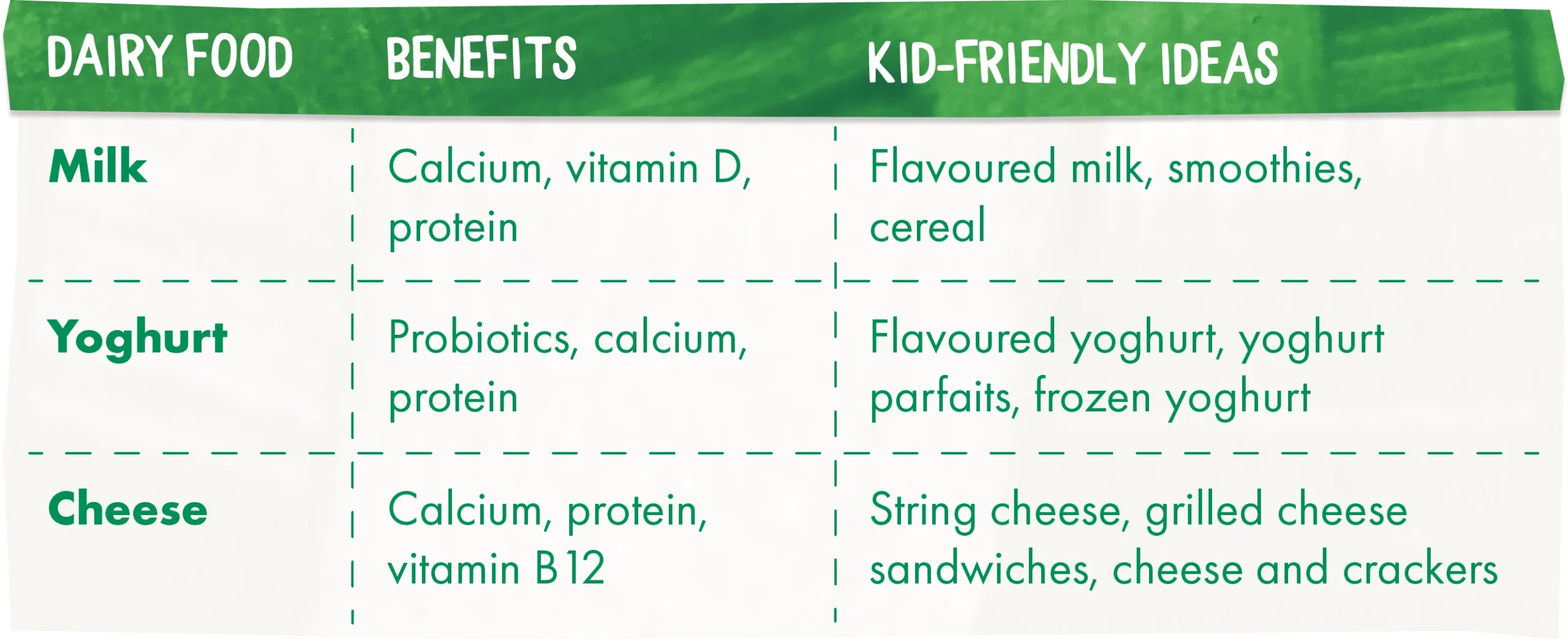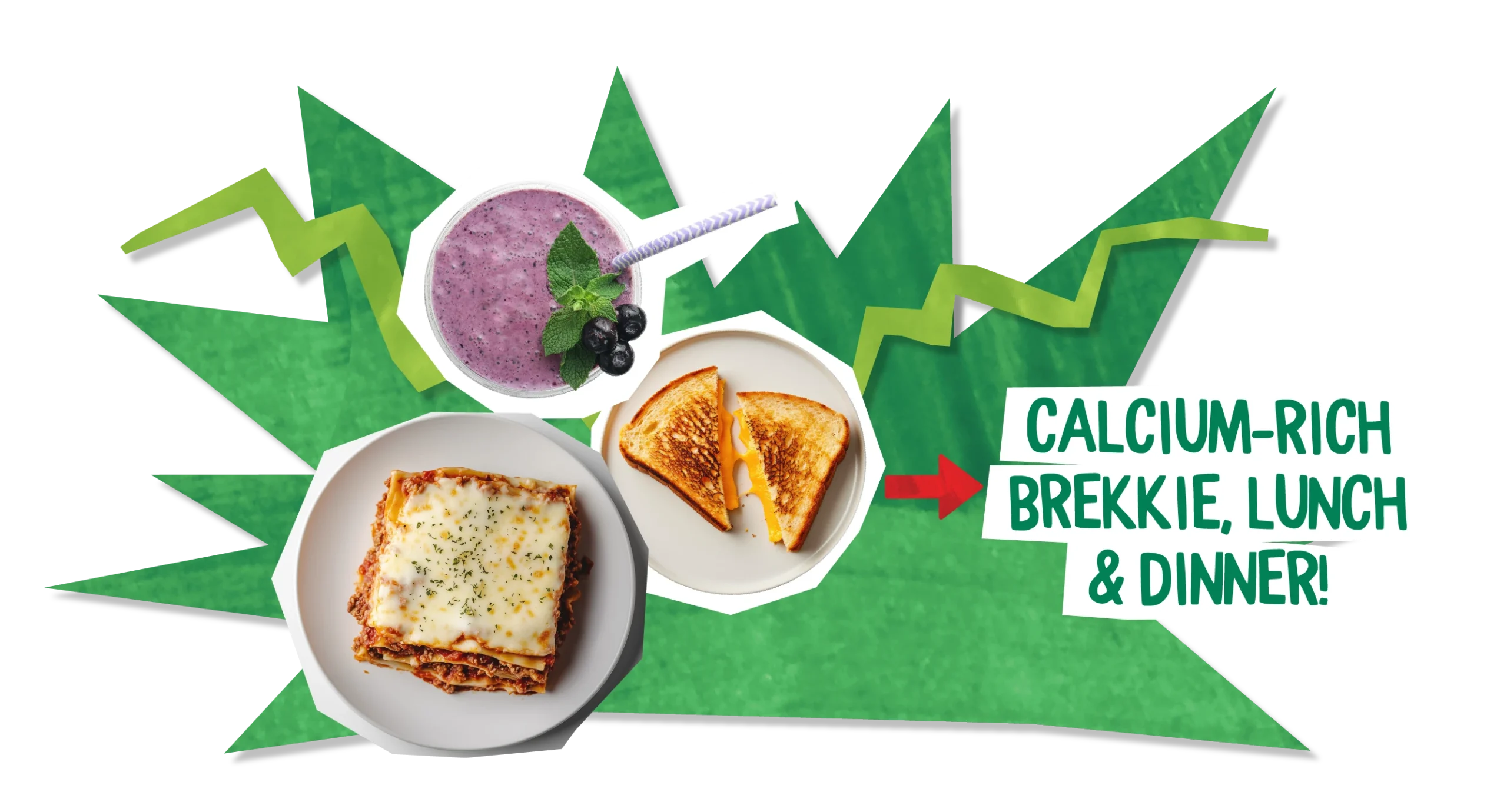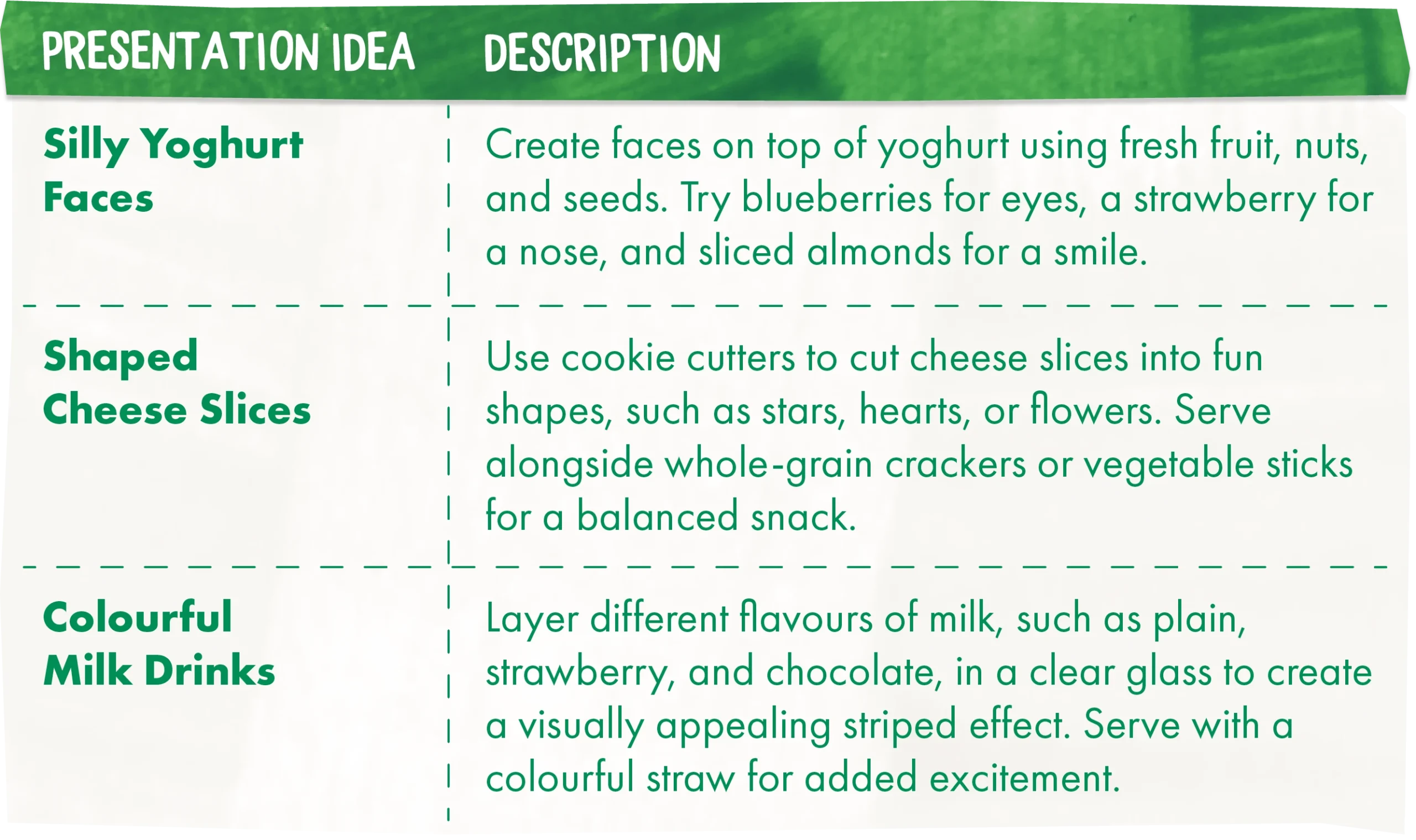Dairy is important for your little one’s growth as it contains calcium, protein, and vitamins. But, some children might not like dairy and therefore they may not eat enough of it.
But there are some simple ways that you can add nutritious dairy to your little one’s meals which helps even the fussiest eaters! From babies to children, here’s how to make sure your little one gets the dairy they need…
Key Takeaways about How to increase dairy intake
- Dairy products provide essential nutrients like calcium, protein, and vitamins for growing children
- Incorporating nutritious dairy products into meals and snacks can help increase dairy intake
- Offering calcium-rich dairy treats can make dairy more appealing to picky eaters
- Tailoring dairy intake to the specific needs of babies, toddlers, and older children is important
- Creative strategies and ideas can help parents ensure their little ones consume enough dairy for optimal growth and development

Understanding the importance of dairy in your child's diet
Dairy is full of nutrients that support strong bones, teeth, and muscles. Dairy protein is vital too as it helps build and fix tissues. Milk, yoghurt, and cheese are great sources of this protein as they help your little one grow strong muscles, especially when they’re active.
Dairy is also rich in calcium which helps bones grow strong during childhood and adolescence. Vitamin D in dairy products helps the body absorb calcium, supporting bone health.

Dairy products are also a good source of other important nutrients which boost the immune system, vision, and overall growth.
Best dairy foods for kids
There are a range of dairy options that your little one will enjoy. This includes milk, yoghurt, cheese, and fun snacks.
Milk and milk alternatives
- Milk is a must-have for kids, giving them calcium, vitamin D, and protein. For those who can’t have regular milk, there are alternatives like soy milk, almond milk, or oat milk; these alternatives are just as nutritious and can be used in many recipes.
Yoghurt and cheese
- Yoghurt is great for kids because it’s full of probiotics, which help with digestion and immunity. Why not yoghurt with fruit or granola? Cheese is also a good choice, being both tasty and full of nutrients. Options like string cheese, cottage cheese, and mild cheddar are favourites among children.
Dairy-based snacks and treats
- From yoghurt to cheese and crackers, the choices for dairy snacks are endless. Even treats like ice cream or pudding can be part of a balanced diet.

How to incorporate dairy into every meal

Getting your child to eat more dairy can be tricky. But, with a little creativity, you can add calcium-rich dairy treats to their meals…
Breakfast ideas with dairy
- Begin the day with a nutritious breakfast that includes dairy. Yoghurt parfaits are fun and colourful, with layers of yoghurt, fruit, and granola. Smoothies with milk, yoghurt, and favourite fruits are also a good option.
- For a heartier option, make Quick One-Pan Fluffy Pancakes or waffles with milk and top them with yoghurt and fruit for extra flavour.
Lunchbox favourites featuring dairy
- Packing dairy-based school lunches is easy. Cheese and veggie kebabs are fun and interactive. Simply thread cheese cubes, cherry tomatoes, and cucumber slices onto skewers.
- For a comforting meal, pack creamy tomato soup with a cheese sandwich on wholemeal bread. Yoghurt tubes, cheese sticks, and cottage cheese with berries are also good choices.
Dinnertime dishes with dairy ingredients
- Adding dairy to evening meals is a clever way to increase calcium intake. Macaroni and cheese is a favourite that can be made with various cheeses and it even includes veggies for extra nutrition! Or you could try Cheesy Leeks?
- Creamy pasta dishes like chicken and broccoli penne are also great with milk in the sauce. Lasagna with ricotta cheese, tomato sauce, and ground meat or veggies offers a comforting option.
Making dairy appealing to picky eaters
If your child is a picky eater, getting them to eat enough dairy can be tough. But, with a bit of creativity and fun presentation, you can make dairy more appealing…
- Add flavourings to milk, such as a small amount of chocolate syrup, vanilla extract, or fruit puree, to create tasty and enticing beverages.
- Incorporate dairy into your child’s favourite recipes, like pizza, tacos, or pasta dishes, to make dairy seem more enjoyable.
- Create fun dairy desserts for children, such as colourful yoghurt parfaits layered with fresh fruit and granola, or homemade ice lollies made with yoghurt and pureed berries.
- Prepare kid-friendly dairy recipes, like mini quiches or cheesy vegetable muffins, that are both nutritious and appealing to young taste buds.
- Offer a variety of children’s dairy snacks, such as cheese sticks or small containers of cottage cheese with fun mix-ins like chopped cucumbers or cherry tomatoes.
Presentation is key in making dairy appealing to picky eaters. Why not give these a try:

Ensuring adequate dairy intake for different age groups

Children’s nutritional needs change as they grow and this includes how much dairy they need.
Dairy requirements for babies
- Babies need breast milk or formula for the first six months. These provide all the necessary nutrients, including dairy protein. At six months, you can introduce solid foods like yoghurt and cheese; this helps them develop a taste for dairy. Though remember that breast milk or formula is your little one’s main source of nutrition until they are 12 months old
Dairy needs for toddlers
- According to the NHS, pasteurised whole or semi-skimmed cows’ milk, or goats’ or sheep’s milk, can be given to drink from the age of 1. Skimmed or 1% fat milk doesn’t contain enough fat, so isn’t recommended as a drink for children under 5.
- Toddlers can get their dairy from other foods like yoghurt and cheese too. The NHS advises that your child should have at least 350ml of milk a day, or 2 servings of foods made from milk, such as cheese, yoghurt or fromage frais. Full-fat cheese, yoghurt and fromage frais are recommended up to the age of 2.
Rounding off…
It’s important to know about calcium-rich foods and recipes that your little one will love to help ensure they get the nutrients they need for strong bones and health.
As a parent, trying different dairy products and recipes is important. Every child is different, so it might take some time to find what works best. Keep trying and being creative to give your kids the nourishment they need and start adding more dairy to your family’s meals today and see the benefits of a calcium-rich diet.
FAQ
FREQUENTLY ASKED QUESTIONS
FAQ
Here are some frequently asked questions to help guide you through introducing solids.
Milk, yoghurt, and cheese are great sources of dairy and dairy based snacks can also be a good choice.
Fortified soy milk, almond milk, or oat milk are good substitutes. There are also lactose-free dairy products and plant-based yoghurts and cheeses available.
Cheese and crackers, yoghurt tubes, or creamy soup are good options. Or try frozen yoghurt, fruit and yoghurt parfaits, and rice pudding which are all tasty and fun.
Dairy supports strong bones, teeth, and muscles. Dairy protein helps build and fix tissues to help your little one grow.
Dairy is also rich in calcium which helps bones grow strong during childhood and adolescence and vitamin D in dairy products helps the body absorb calcium, supporting bone health.




